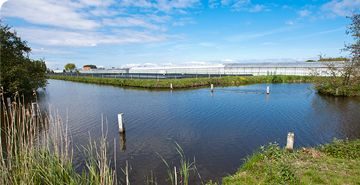
Reflections on the WaVE project
Waving back: reflections on the WaVE project and perspectives on the future of water-linked heritage
WaVE stands for Water-linked heritage Valorization by developing an Ecosystemic approach.
WaVE can count on 7 partners who have in common a rich history of cultural heritage that has been formed through an interaction with water.
WaVE focuses on the improvement of regional and local policies to open up their possibilities for supporting the development of integrated adaptive reuses of water-linked cultural heritage sites in human settlements.
WaVE goal is to improve the overall support by the addressed policy instruments for integrated valorisation approaches of cultural heritage, to sparkle ideas for the creation of new projects aiming at integrated valorisation of water-linked cultural heritage, and to raise awareness for the subject at other cities and regions in Europe.
€1,691,756.00
Environment and resource efficiency
Through a joint work of interregional knowledge sharing, learning, transmitting Good Practices and Engaging with local Stakeholders, we will define Action Plans to tackle the subject-matter.
3 fundamental stages will lead us to our goal: ANALYSIS, KNOWLEDGE SHARING and PLANNING .
Stage 1 focuses on assessing each region's current status of water-linked cultural heritage valorisation based on a joint “Methodology for Regional Status-Quo and Good Practice identification”, driven up by the Delft University of Technology (NL).
Read the Regional Status-Quo Methodology
Stage 2 represents the "heart" of the project's interregional learning process. All partners will be involved in a process of knowledge sharing, joint learning and exchange of good practices. Three day long Interregional Knowledge Exchange Sessions (IKES) will be organised in presence of stakeholders. The IKES meeting will consist of in-depth discussions using workshop method and visits to identified good practices-sites.
Read the IKES Methodology by Delft University of Technology (NL)
Stage 3 revolves around drafting Action Plans to tackle the subject-matter, in order to create structural changes within local and regional policies and work on new projects for the development of sites.
Heritage Policy 2019-2025 focuses on 4 main goals:
The main principles include ‘preservation by development” and “(re)development in dialogue’, where water also plays an important role. One of the main goals of Breda is to realise ‘a green city’. In the heritage policy we claim that our historical landscape around the river Mark is the blueprint for this goal. We do not only wish to protect, manage and maintain this heritage with its structures of historical landscape (culturally and ecologically important waterways) but also aim to find opportunities for related spatial development. We want to do research on these opportunities and their spillover effects.This policy treats the validation of green & blue heritage in our city in relation to the built environment and will serve as a solid guideline for the recognition and use of water and water related heritage in urban regeneration.In WaVE we wish to test the Heritage Policy regarding short term interventions as well as in the definition of long term strategies, also using the experience of WaVE project partners, leading to possible adjustments and improvements of this PI and also delivering components for the long term integrated growth and development strategy of the city.
The OP ERDF for the Valencian Community 2014-2020 has the main aim to boost economic growth in the Valencia region, as well as to contribute to the achievement of the EU 2020 targets for smart, sustainable and inclusive growth that includes the creation of jobs and the boost of regional productivity. The OP is divided into 5 thematic priorities (+ 1 TA).
The priority concerned by the WaVE project is Priority 6: Environment and resource efficiency, and more specifically the Investment Priorities that concretely impact the valorisation potentials of water-linked cultural heritage in the region. Firstly IP 6.3 that deals with the protection, promotion and development of cultural heritage, secondly IP 6.4 that deals with the protection and restoration of biodiversity and ecosystem services, and thirdly PI 6.2 that deals with investment into the water sector.
As the OP is nearing the end of its life-cycle with 2020 coming nearer, its Managing Authority (MA) is working on additional funding opportunities to disperse the remaining OPs funds, focusing strongly on calls that support SMEs and mobility, leaving out opportunities for cities, cultural & natural heritage operators under the mentioned IPs for the recovery of water-linked cultural heritage sites that the Alicante Region is plentiful of, especially in their possibilities to valorise heritage on an integrated manner, covering both the natural and socio-economic values of these sites for the economic growth of the region.
The ROP ERDF Emilia-Romagna Region (2014-2020) has the main objective to boost innovation, improve regional systems of R&D and to contribute to achieving the EU 2020 targets for smart, sustainable and inclusive growth in the region. The OP is divided into 5 thematic priorities (+ 1 TA).
The Priority addressed within the project is Priority 5 that, next to a strong focus on the development of its tourism sector, aims for the protection and enhancement of the cultural, artistic and natural heritage in the region via usages that involve innovative technologies and add to the livability of the region. More specifically, the WaVE project will contribute to the betterment of the priority’s schemes that affect the territorially defined Coast, Po Delta and Cities of Art areas.
The enhancement processes the priority is able to create, related to cultural heritage, lack a distinct focus on the sustainable and integrated rehabilitation of the natural, cultural and economic values of cultural heritage, capitalizing especially on the innovation potentials of regional value chain actors active in the field of heritage, as is also described by the RIS3 of the Emilia-Romagna region. The priority needs to be improved so that it is more receptive to the valorisation of nature-based cultural heritage using innovative and technological approaches. The improvement would especially be welcomed in light of the large-scale redevelopment processes of the Darsena area in Ravenna.
The main objective of the Interreg VA SK-HU programme is to contribute to the EU-2020 strategy and foster economic, social and territorial cohesion along the Hungarian - Slovakian border. One of the Programme’s aims is to support the EU Strategy for the Danube Region, making the Danube and Ipoly rivers, that form the physical border between Slovakia and Hungary, an important focus point.
The Programme consists of 5 Priority Axis (PAs), of which PA1: Nature & Culture, and specifically Investment Priority (IP) 1.1: conserving, protecting, promoting and developing natural and cultural heritage, is the main focus for the WaVE project. The PA focuses on the improvement of cross-border cooperation related to the utilization and conservation of the endogenous natural and cultural potentials of the region, thereby to support sustainable growth of local economies and add to social cohesion in the region.
Although the programme includes support measures for the regeneration of the region’s natural and cultural heritage, it does not include a specific focus on the the integrated valorisation of cultural heritage that is historically interlinked with the Danube and Ipoly rivers, thereby missing out on the natural and socio-economic potentials held by these heritage sites in their ability to add to cross-border and economic growth of the region.
The Cultural Heritage Report is the operational basis of the Municipal Plan 2017 for the City of Aarhus that focuses on the listing, administration and policy-making related to the valorisation of the city’s cultural heritage sites. The objective is to inform policy-makers and city planners on the values of so-called ‘cultural environments’, formed by the grouping of built heritage that transcends the level of individual buildings to create areas that reflect essential socio-economic and environmental functionalities, and by doing so influence decision making related to the urban transformation in the city of Aarhus. The Report addresses cultural environments following 7 specific themes.
Within the WaVE project, the Municipality seeks to address the themes ‘landscape of the industrial community and landscape’ and ‘urban environments’ that cover the majority of maritime and water-linked heritage environments in the city. As Aarhus is currently undergoing a rapid transformation process with its industrial docks heritage sites being one of the key economic and social redevelopment focus points, it becomes increasingly clear that the Report is lacking in its capabilities to effectively cover and reflect on water-linked built heritage in these areas, evoking the need to better align the Report with transformation processes in Aarhus and intrinsic values of these types of heritage, covering both urban, maritime and cultural functions.

Waving back: reflections on the WaVE project and perspectives on the future of water-linked heritage
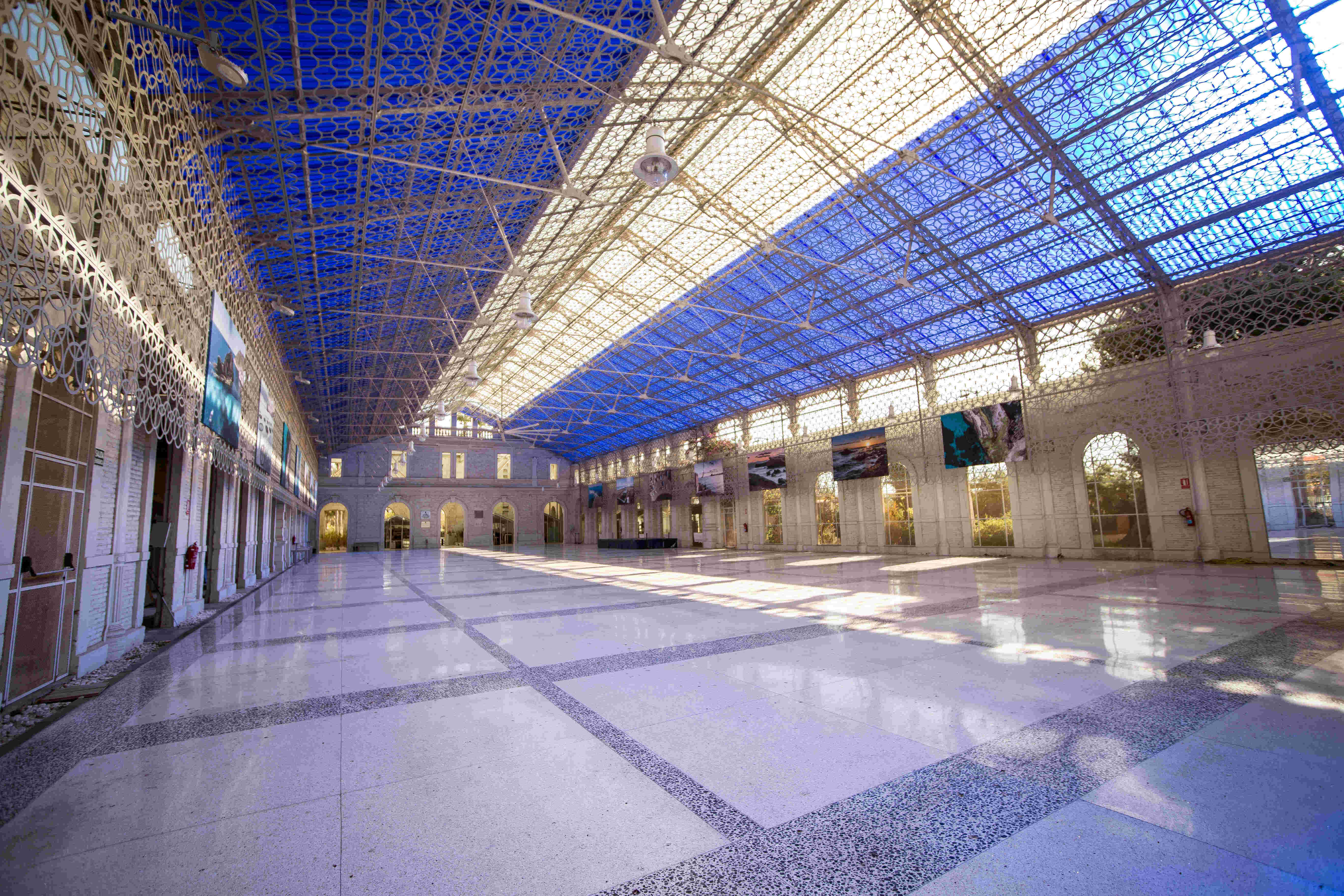
The Interreg European Project WaVE is coming to an end with a final conference, which will be held in Alicante, May 10-12.
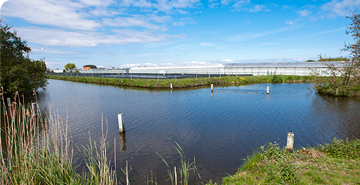
Water and water-linked heritage play a very important role for many cities and regions. They are at the center of many places’ identities and key activities.
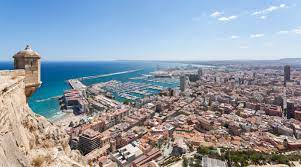
Learn more about the Action Plan that the Spanish partners of the WaVE project...
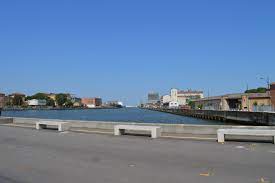
Learn more about the Action Plan that the Italian partners of the WaVE project...

Learn more about the Action Plan that the Dutch partners of the WaVE...
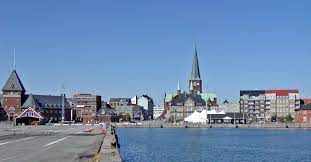
Learn more about the Action Plan that the Danish partners of the WaVE project have developed.
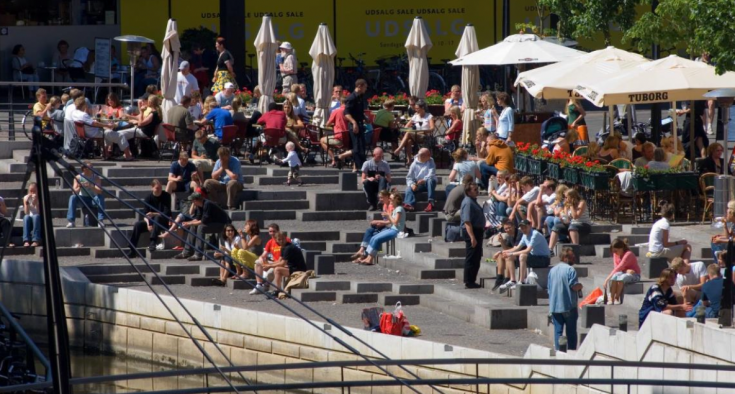
Join the online event to learn from pilot actions across Europe and how you can inspire policy change in your region

Ister-Granum EGTC and Ravenna produced videos to promote their pilot action

Discover the steps that partners will take to improve regional and local policies to enhance water-linked heritage.